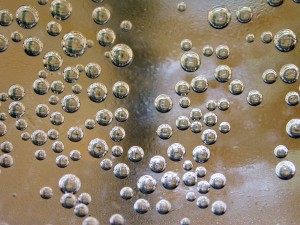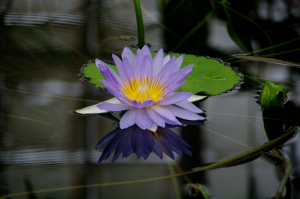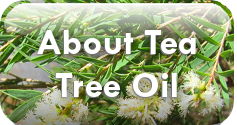
Essential oils are historically useful plant-derived fluids with medicinal and aromatherapeutic qualities. Natural essential oils can be incorporated in moderation into your daily regimen, benefiting your health, well-being and the environment through the reduction in use of harsh, toxic chemical compounds found in many hygiene-related solutions and other products.
A Brief History of Essential Oils
Essential oils have been used for aromatherapy, food preparation, beauty treatments, and even as curatives for medical conditions ranging from cancer to skin ailments. The first historic cultural usage of essential oils dates back to Ancient Egypt. The Egyptians used aromatic oils for religious, culinary, beauty, and medical purposes. The Greeks, Romans, and Persians also endeavored in the art of essential oil production and use, broadening the application to massage treatments, aromatherapy, and hygiene.
Essential Oils have been used for beauty and hygiene throughout thousands of years by many cultures.
The practice was lost over time but was re-discovered in the late 1930s. Since then, the benefits of using essential oils have resurfaced and entered mainstream culture.
How are Essential Oils Made?

Many essential oils are sourced through steam distillation, a technique that dates back to the 11th century. Steam distillation of essential oils is a simple process in which steam is applied at high pressure to plant clippings held inside a chamber. The steam saturates and disrupts the cellular structure of the plant material and allows for the release of the plant’s essential oil into vapor, along with the steam. The vapor is then directed to pass through cooled tube where the water vapor and essential oil condenses. The liquids flow into another chamber at which point the water and essential oil separate into layers, with the oil on top of the water. The water is drawn from the bottom leaving just the essential oil.
There may be variations or extra steps in the process depending on the type of plant. There are also other, less common forms of essential oil extraction. The label on any essential oil container should state the method of extraction.
Why You Should Choose Natural Essential Oils

Our society has reached a peak in consumption of products incorporating synthetic chemicals. When we pollute and destroy the environment through the production of these chemicals, what can we expect when coming into contact with or ingesting those same chemicals?
It’s about time we start getting back to the basics!
Much can be gained from utilizing the materials found in nature. Medical advancements are made frequently through discoveries of plant-based remedial properties. Essential oils are proven to be useful for medicinal purposes. In moderate application, essential oils can benefit your health and well-being.
